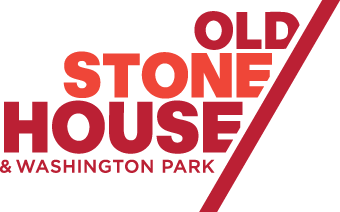OSH School Programs
Field Trips
OSH offers in-person and virtual field trips as well as multi-session residencies in your classroom!
- Schedule a Field Trip at Old Stone House through the Explorable Places website.
- We are currently accepting school visit requests through December 2024. Registration for Spring 2025 will open on November 28 2024.
- Contact us for more info on Multi-Session Residencies.
- Contact us to arrange a Virtual Field Trip for your class.
- Visit our Resource Page for free downloadable materials.
Contact Us:
Email education@theoldstonehouse.org or call (718) 768-3195.
Browse our 2024-25 School Programs
Early History of Gowanus
Marechkawick
Grades 3-6, 90 minutes
Indoors
For hundreds of years, the rich lands along the banks of the Gowanus Creek were home to a large settlement of the Lenape people that was called Marechkawick. The low lying tidal estuary provided a bounty of fish, oysters, tobacco and corn, birds, turtles, beavers and muskrats.
What did the Gowanus look like then? How has it changed through industrialization? What actions can we take to help to clean and restore it to its former bounty?
Traditional Medicinals
Grades 1-4, 90 minutes
Outdoors
Oct 1 – Nov 15
Apr 30 – Jun 15
Plants and garden spaces were at the center of daily life for the Lenape people as well as European and African settlers of the 17th and 18th Centuries.
While touring our historic gardens, students learn about plants used in food, fragrance, textile dyes, and medicine. Some are native to the Americas. Others were imported by settlers from far away places.
We learn ways to identify common plants in the gardens through size, shape, and other characteristics. At the end of the program we sample some refreshing herbal tea.
Work and Play in 1699
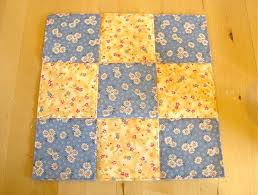 Grades K-2, 90 minutes
Grades K-2, 90 minutes
Indoors
Explore daily life from long ago. Try out traditional crafts and toys! After an interactive discussion about food preservation, textile production, and other typical household chores, students rotate through play stations that highlight wool production, weaving, and traditional European and African games.
Household Crafts in 1699
Grades 3-8
An intimate slice of daily life in Brooklyn in the past. How did age, gender, and race inform your role in the home? How did family life differ from our routines in the 21st Century?
Classes divide into small groups, with each group trying their hand at one traditional household craft. Activities include wool production and weaving, sewing, and candle making.
The American Revolution
The Battle of Brooklyn
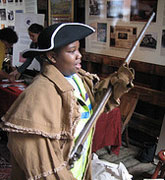 Grades 4-7, 90 minutes
Grades 4-7, 90 minutes
OSH was the site of the culmination of the Battle of Brooklyn on August 27, 1776. When the battle ended, Brooklyn and its environs were occupied by British forces until November 1783.
After an interactive chat about the causes of the revolution and its effect on the local community, students work in small groups to create their own strategy for defending Brooklyn from General Howe and the British army.
Searching for Freedom: African American Heroes of the Revolutionary Era
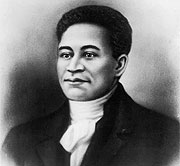 Grades 4-8, 90 minutes
Grades 4-8, 90 minutes
Indoors
The American Revolution began with the ratification of the Declaration of Independence in the summer of 1776. But the majority of those who signed it were slaveholders. Once the British took control of New York City, they offered freedom to some, but not to those enslaved by Loyalists. Slavery was central to the economy of all 13 colonies and remained legal in New York State until 1827.
Explore the stories of individuals who began the struggle for civil rights in the mid 1700’s. Each of them had left behind a rich legacy as an early abolitionist. Students work collaboratively within small groups to retell these biographical stories.
Primary Source Documents of the Revolutionary Era
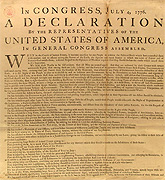
Grades 5-12, 90 minutes
Examine Brooklyn in the 17th and 18th Centuries through the voices of those who lived it! From Dutch explorers to patriot generals to early abolitionists, students have the opportunity to interact with original texts and develop critical thinking as they learn to interpret maps, periodicals, broadsides, and journals.
